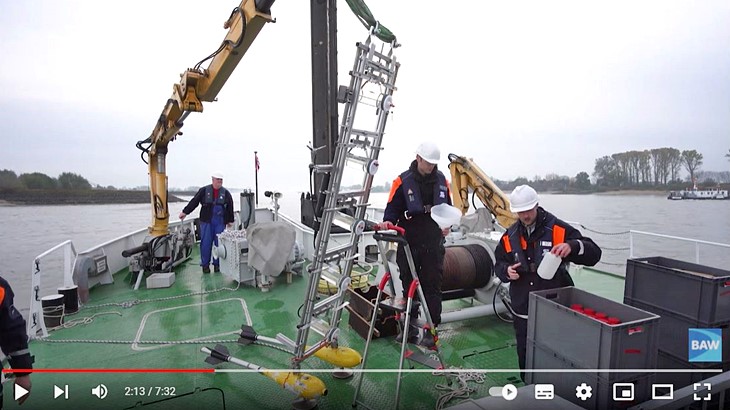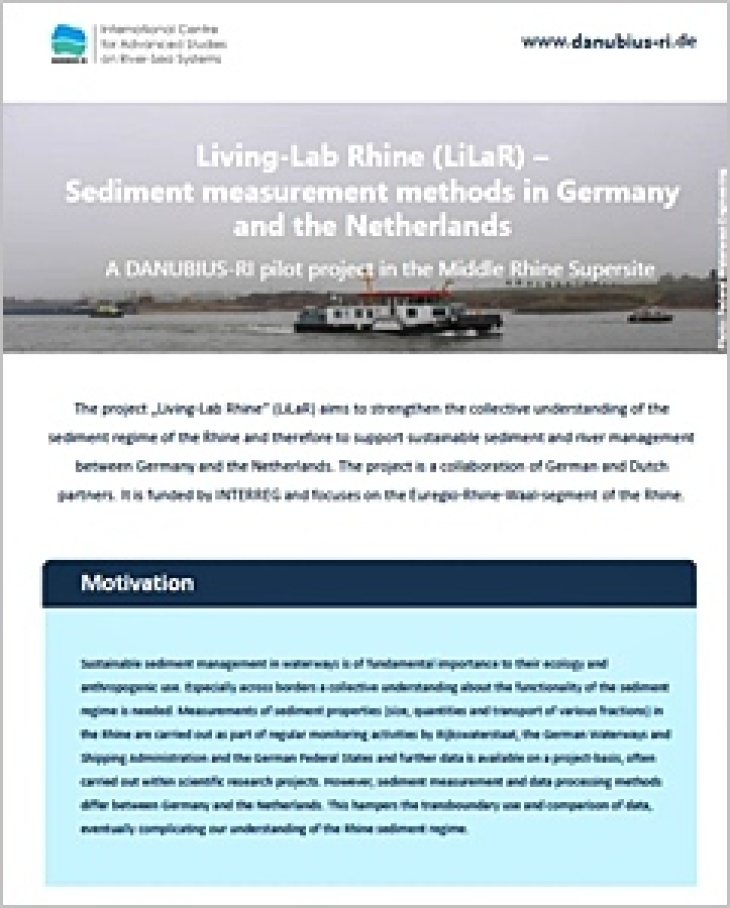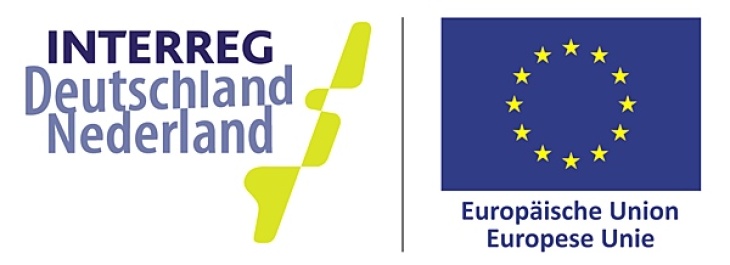
The project „Living-Lab Rhine” (LILAR) aims to strengthen the collective understanding of the sediment regime of the Rhine and therefore to support sustainable sediment and river management between Germany and the Netherlands. The project is a collaboration of German and Dutch partners. It is funded by INTERREG and focuses on the Euregio-Rhine-Waal-segment of the Rhine.
Motivation
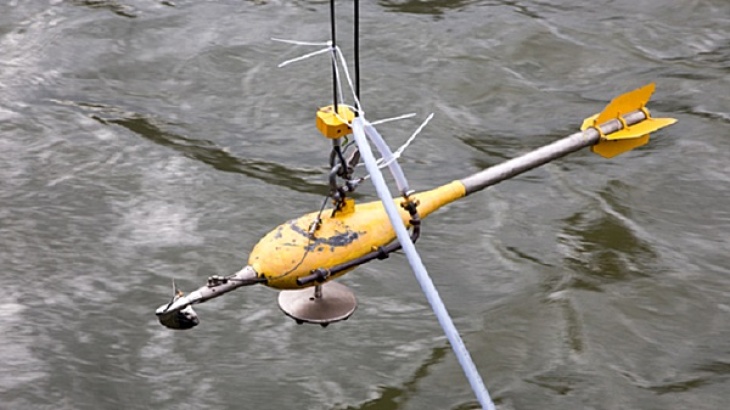
Suspended load sampling device (Photo: Federal Institute of Hydrology)
Sustainable sediment management in waterways is of fundamental importance to their ecology and anthropogenic use. Especially across borders a collective understanding about the functionality of the sediment regime is needed. Measurements of sediment properties (size, quantities and transport of various fractions) in the Rhine are carried out as part of regular monitoring activities by Rijkswaterstaat, the German Waterways and Shipping Administration and the German Federal States and further data is available on a project-basis, often carried out within scientific research projects. However, sediment measurement and data processing methods differ between Germany and the Netherlands. This hampers the transboundary use and comparison of data, eventually complicating our understanding of the Rhine sediment regime.
Methods
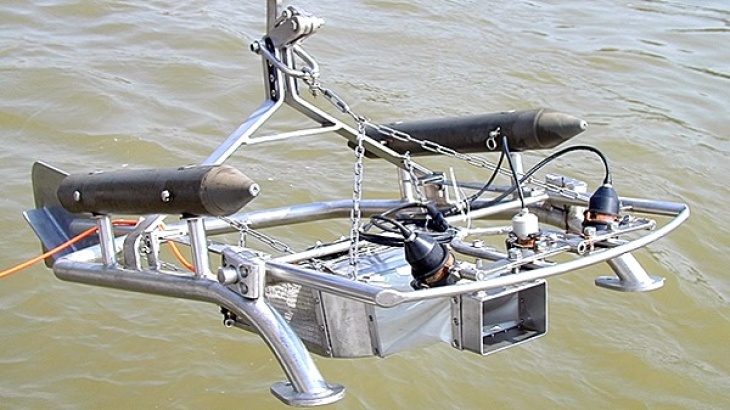
Bed loads sampling device of the Federal Institute of Hydrology (Photo: Federal Insti-tute of Hydrology)
The project focuses on the comparison of the different measurement and data analysis methods dealing with suspended and bed load. The basis is formed by conducting an inventory of the existing methods, which are currently utilized by authorities on both sides of the border. During a joint campaign, samples and data will be collected with different types of sampling and measurement equipment and data comparison and analysis will be conducted collectively. Stakeholder involvement is key during the project to incorporate their specific needs. The aim is to formulate a joint policy brief, which assesses the current methods and provides recommendations for future harmonisation.
A video taken during the campaign provides detailed insights into the measurement campaign and the investigated methods.
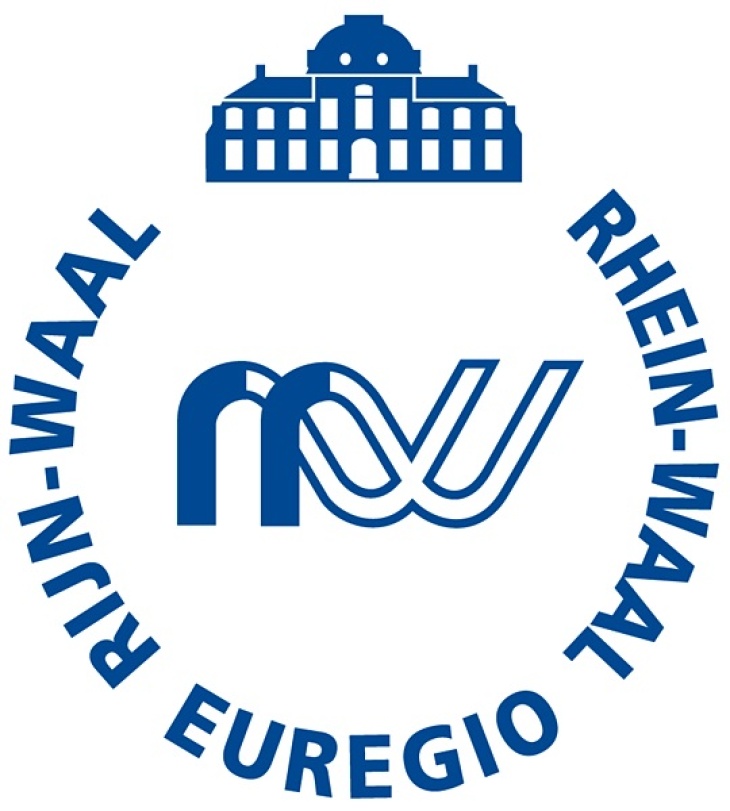
The project is funded by INTERREG within the Euregio Rhine-Waal. It is a collaboration between the German Middle Rhine Supersite and the Dutch Rhine-Meuse-Delta Supersite. Partners involved besides the Federal Waterways Engineering and Research Institute and the Federal Institute of Hydrology are Wasserstraßen- und Schifffahrtsamt Rhein, Rijkswaterstaat and Deltares.
The project profile of the project Living-Lab Rhine (LILAR) as a flyer in pdf format:
Project Profile Living-Lab Rhine (LILAR) (1,5 MB)

